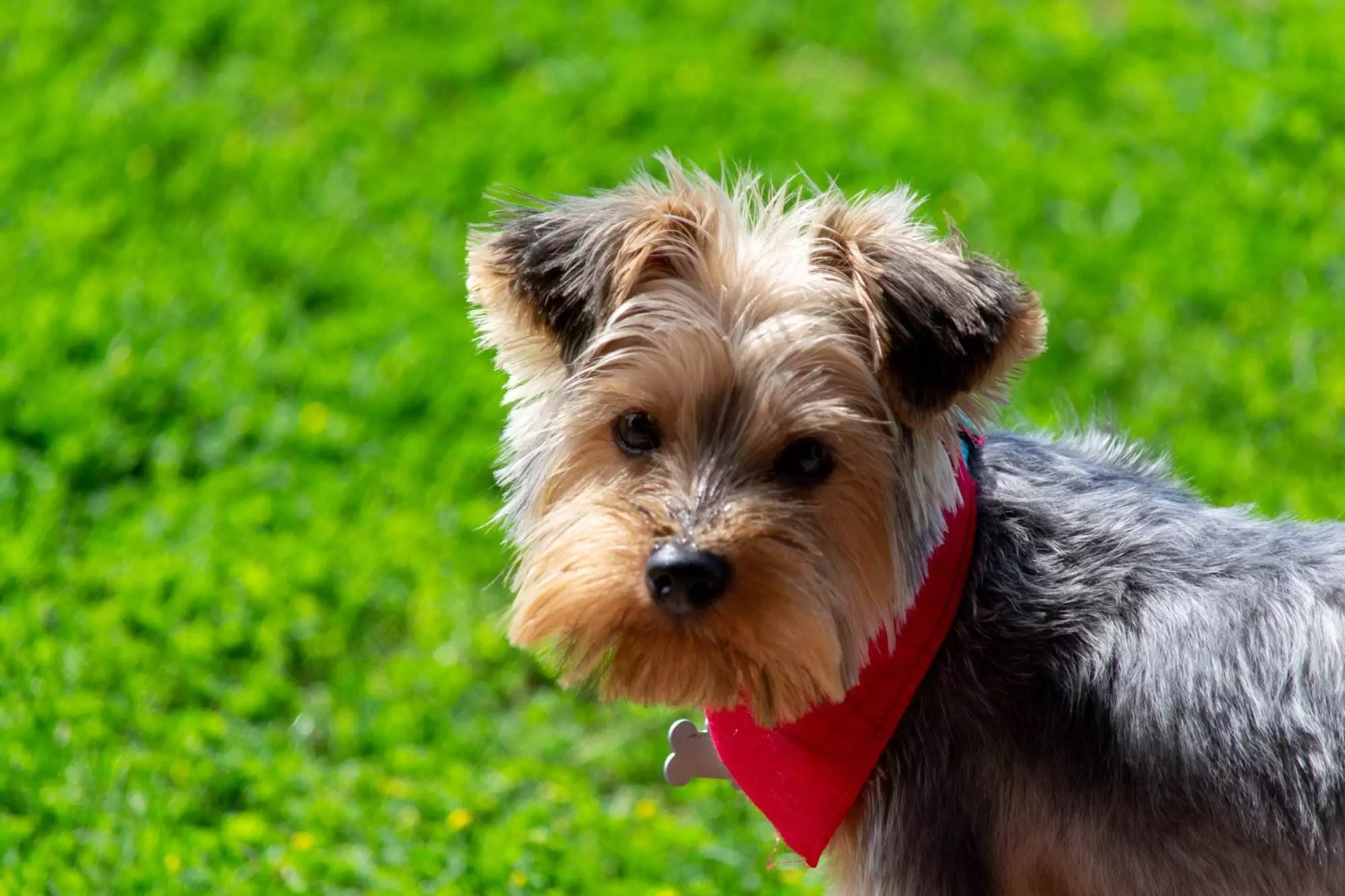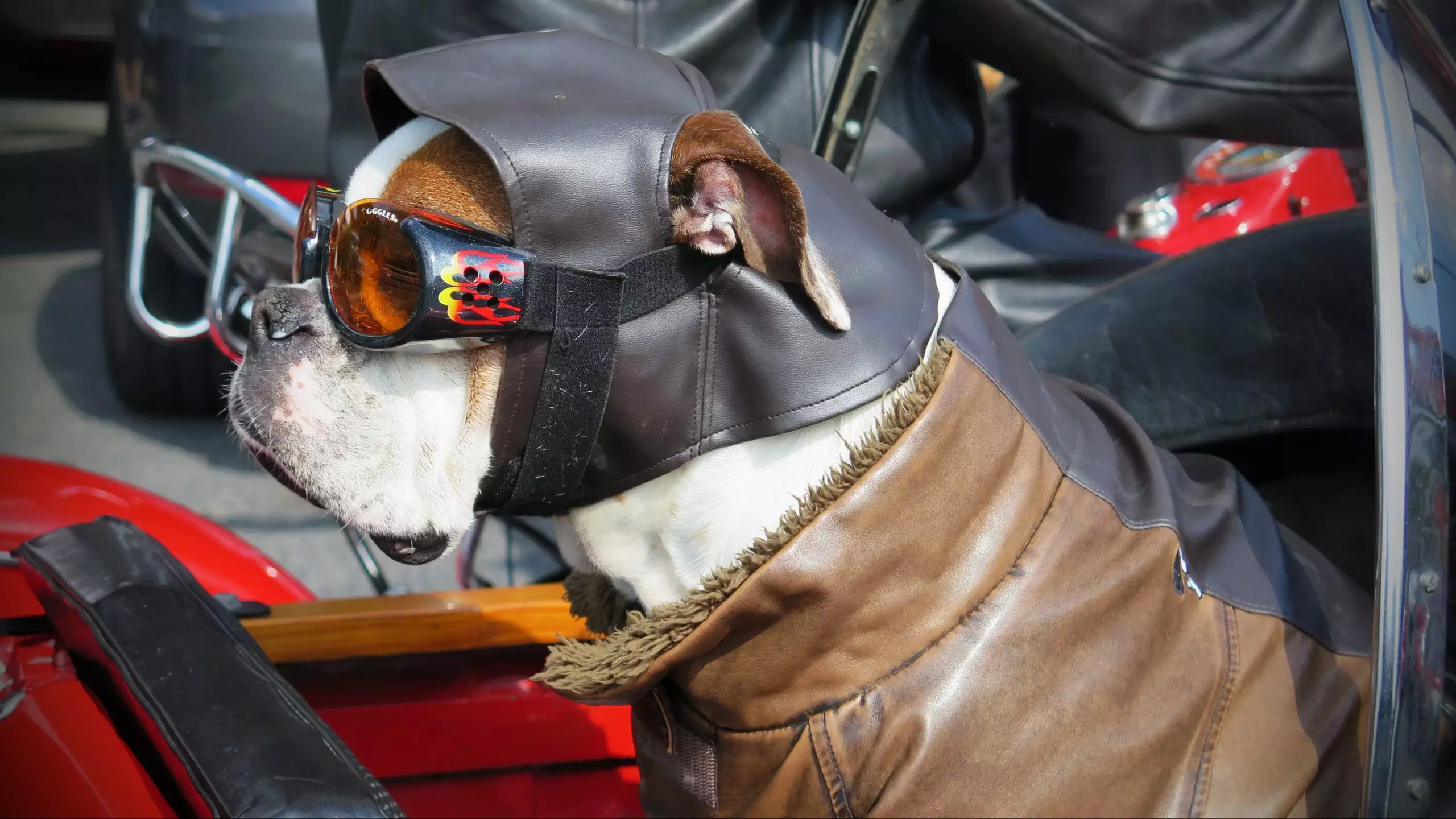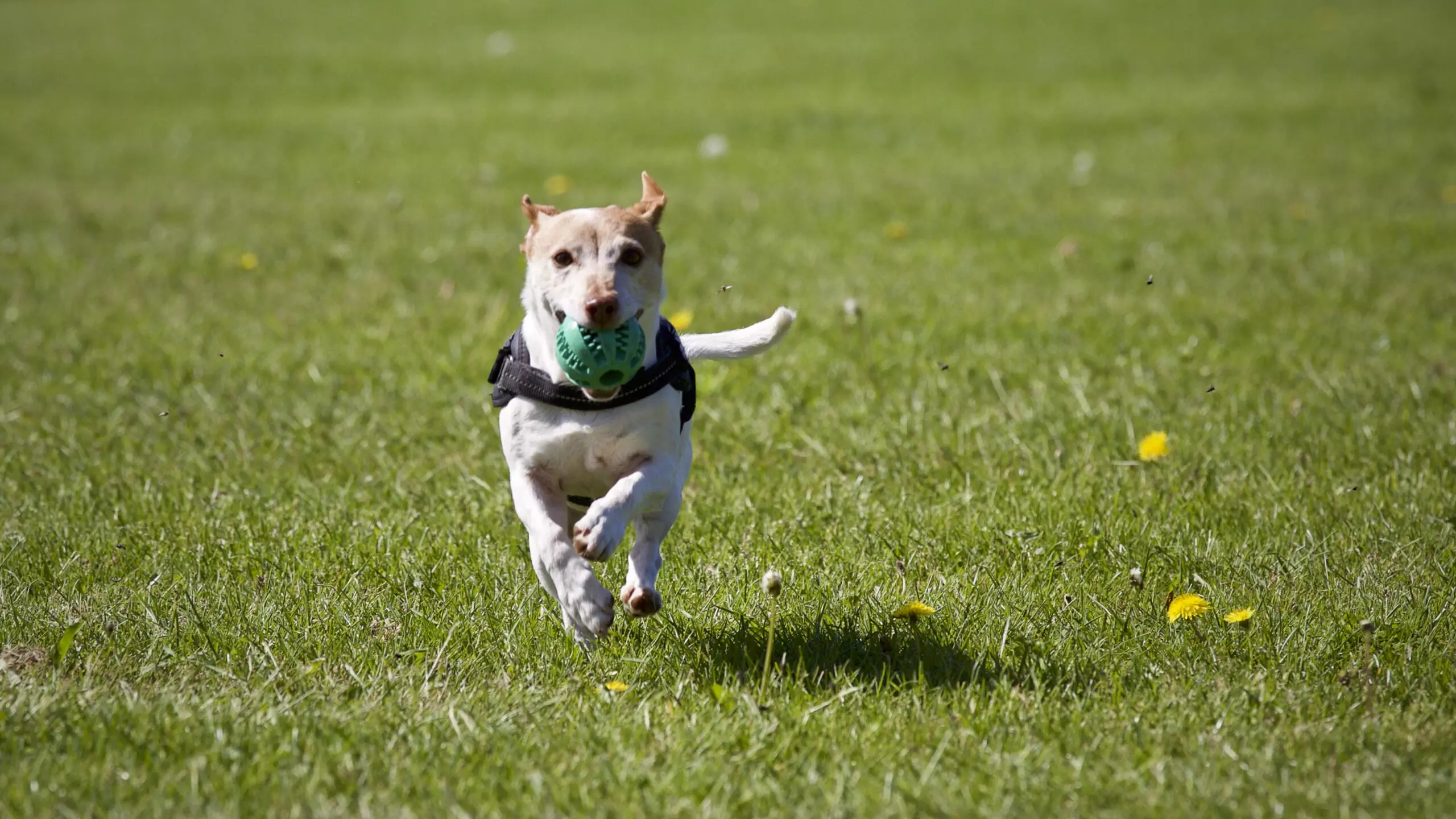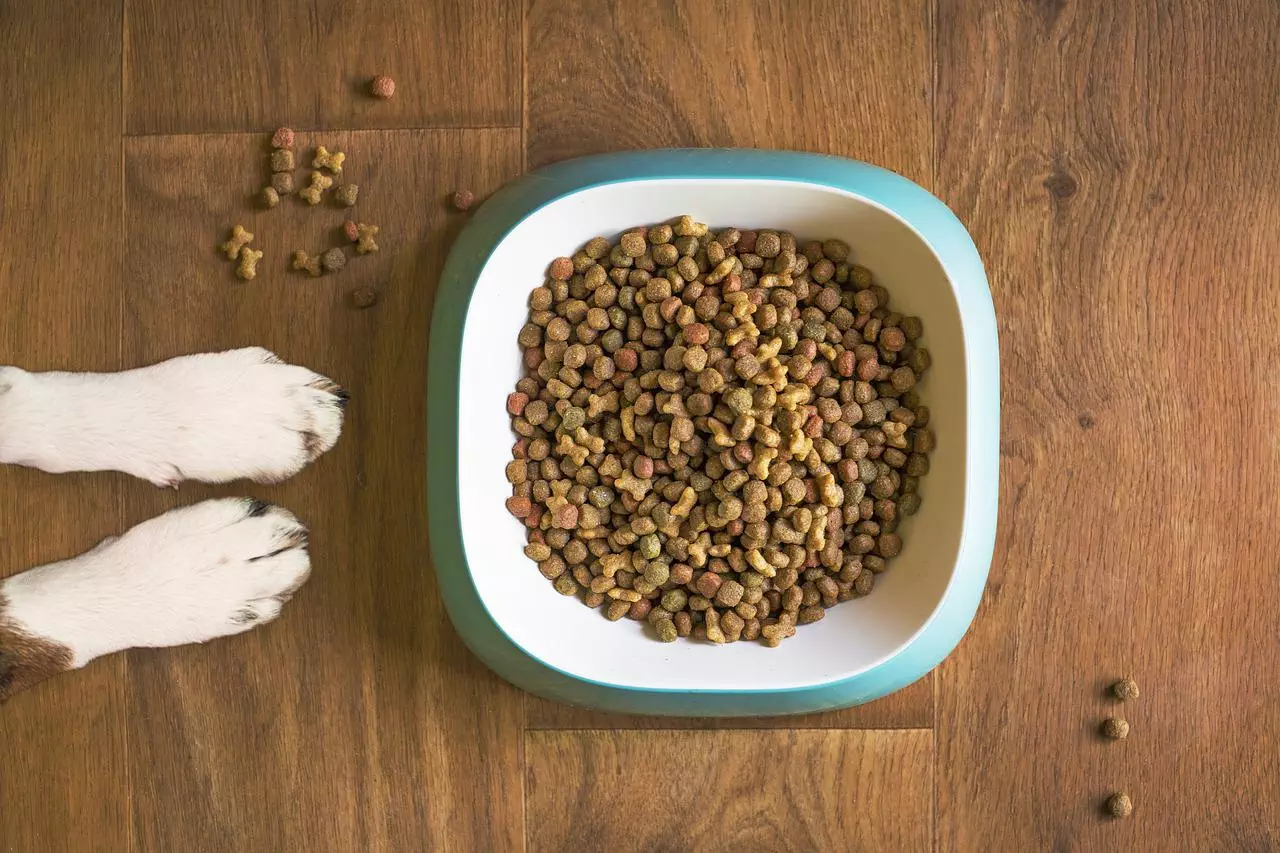Learn how to train a Yorkshire Terrier with valuable tips and techniques. From basic obedience to potty training and socialization, this article has you covered!
If you’re the proud owner of a Yorkshire Terrier, you’ll know that these little bundles of joy are full of energy and personality. But with their small size often comes a big attitude, making it important to establish good training habits early on. In this article, we’ll take a closer look at the art of training a Yorkshire Terrier, providing you with valuable tips and techniques to help mold your furry friend into a well-behaved companion. From basic obedience commands to potty training and socialization, we’ve got you covered on all aspects of raising a happy and well-adjusted Yorkshire Terrier. So let’s get started on this exciting journey of training together!

Choosing the Right Training Method
When it comes to training your Yorkshire Terrier, it’s essential to choose the right training method that suits both your dog’s personality and your own preferences. One popular training method is positive reinforcement training. This method involves rewarding your Yorkie with treats, praise, or play whenever they exhibit the desired behavior. Positive reinforcement training focuses on building a strong bond between you and your dog while teaching them what is expected of them.
Another effective training method for Yorkshire Terriers is clicker training. Clicker training utilizes a small handheld device that makes a clicking sound when pressed. This click serves as a marker to let your Yorkie know that they have performed the correct behavior. By pairing the click with a reward, such as a treat, your dog will understand that the sound signifies a job well done.
Lastly, crate training can be highly beneficial for your Yorkie. This training method involves using a crate or a small enclosed space to create a den-like area where your dog can feel safe and secure. Crate training is particularly useful for housebreaking and preventing destructive behaviors when your Yorkie is unsupervised.
Creating a Training Schedule
Consistency and timing play a crucial role in your Yorkshire Terrier’s training journey. By developing and following a consistent training schedule, you will set your dog up for success.
Short and frequent training sessions are more effective than long, sporadic sessions. Yorkies have a relatively short attention span, so it’s essential to keep the training sessions engaging and enjoyable. Aim for multiple 5-10 minute training sessions spaced throughout the day.
Gradual progression is key when teaching your Yorkie new commands. Start with simple and basic commands before moving on to more complex ones. By slowly increasing the difficulty level, you will help your dog master each command before moving on to the next.
Teaching Basic Commands
Teaching your Yorkshire Terrier basic commands is an essential part of their training. Here are some fundamental commands that every Yorkie should know:
Sit
To teach your Yorkie to sit, hold a treat close to their nose and slowly move it upward while saying the command “Sit.” As their head moves up, their rear end should naturally lower to the ground. Once they are in a sitting position, reward them with the treat and lots of praise.
Stay
The “Stay” command is useful for keeping your Yorkie in one place, especially in potentially dangerous situations. Start by having your dog sit, then extend your hand in front of them while saying “Stay.” Take a step back, and if your Yorkie remains in place, reward them with a treat and praise. Gradually increase the distance and duration of the stay command as your dog becomes more comfortable.
Lie Down
Teaching your Yorkie to lie down is beneficial for various situations, such as when you need them to calm down or stay in one place for an extended period. Begin by having your dog in a sitting position, then hold a treat close to their nose and move it slowly towards the ground. As they lower their body to reach the treat, say the command “Lie Down.” Once they are lying down, reward them with the treat and positive reinforcement.
Come
The “Come” command is vital for ensuring your Yorkie’s safety and having them return to you when called. Start in a confined area and crouch down while calling your dog’s name followed by the command “Come.” When your Yorkie approaches you, reward them with praise and treats. Gradually increase the distance and practice in different locations to strengthen the command.
Leave It
The “Leave It” command is crucial for preventing your Yorkie from picking up or engaging with something potentially dangerous or undesirable. Offer your dog a treat in one hand and close your fist around it. Say the command “Leave It” and wait for your Yorkie to lose interest in your closed fist. As soon as they divert their attention, reward them with a different treat and reinforce the command.
Housebreaking Your Yorkshire Terrier
Housebreaking, or potty training, is an essential aspect of training your Yorkshire Terrier. Here are some tips to help you housebreak your Yorkie successfully:
Establishing a Routine
Creating a consistent routine is key to housebreaking your Yorkie. Take your dog outside to the designated elimination area at regular intervals throughout the day, such as immediately after waking up, after meals, and before bedtime. This routine will help reinforce the association between going outside and relieving themselves.
Rewarding Elimination Outdoors
When your Yorkie eliminates outdoors, praise them enthusiastically and offer a small treat as a reward. Positive reinforcement will reinforce the desired behavior and motivate your dog to continue eliminating in the appropriate place.
Managing Accidents
Accidents are inevitable during the housebreaking process. It’s essential not to scold or punish your Yorkie for accidents, as this will only confuse and frighten them. Instead, clean up the accident with an enzymatic cleaner to remove the scent and continue with consistent training. Remember to be patient and understanding during this process.

Socializing Your Yorkshire Terrier
Socializing your Yorkshire Terrier is crucial for their emotional well-being and developing good behavior around other people and animals. Here are some tips to help you socialize your Yorkie effectively:
Introducing to New Environments
Expose your Yorkie to different environments gradually. Start with quiet and controlled areas before progressing to busier and more stimulating ones. This gradual exposure will help your dog feel more comfortable and confident in new situations.
Meeting Different People and Animals
Provide opportunities for your Yorkie to interact with various people and animals in a safe and controlled manner. Encourage positive interactions by rewarding your dog’s calm and friendly behavior. This will help them become accustomed to different personalities and species.
Positive Experiences and Exposure
Offer positive experiences and exposure to different sights, sounds, and textures. Take your Yorkie for short car rides, introduce them to different surfaces like grass and tiles, and expose them to various household appliances. Positive experiences will help prevent fear or anxiety-related behaviors in the future.
Curbing Undesirable Behaviors
Like any dog, Yorkshire Terriers may exhibit undesirable behaviors that need to be addressed. Here are some common behavioral issues and tips for curbing them:
Barking
Yorkies are known for their tendency to bark excessively. To address this behavior, identify the underlying cause of the barking, such as boredom, fear, or attention-seeking. Redirect their attention to a toy or engage them in a different activity. Consistent training, positive reinforcement, and providing mental stimulation can help reduce excessive barking.
Chewing
Chewing is a natural behavior for dogs, but it can become an issue when they target inappropriate items. Provide your Yorkie with appropriate chew toys and discourage chewing on furniture or other forbidden items. Redirect their attention to the toys and praise them when they chew on them.
Jumping
A common behavior in small dogs like Yorkshire Terriers is jumping on people. To discourage jumping, ignore your dog when they jump and reward them when they have all four paws on the ground. Teach them alternative behaviors, such as sitting or offering a paw, to greet people instead.
Separation Anxiety
Yorkies can be prone to separation anxiety when left alone. To prevent or address this issue, gradually desensitize your dog to your departures by leaving them alone for short periods and gradually increasing the duration. Provide them with mental stimulation toys or treat-dispensing puzzles to keep them occupied and create a positive association with being alone.
Leash Training
Leash training is essential for ensuring that your Yorkshire Terrier walks obediently by your side. Here are the steps to leash train your Yorkie:
Choosing the Right Leash and Collar
Select a lightweight leash and a well-fitting collar or harness suitable for your Yorkie’s size. Ensure that the collar or harness is comfortable and secure to prevent any harm or discomfort.
Getting Your Yorkie Accustomed to the Leash
Introduce the leash gradually by allowing your dog to sniff and investigate it. Attach the leash to their collar or harness and let them drag it around the house under your supervision. This will help them become accustomed to the presence of the leash.
Teaching Proper Walking Etiquette
Begin by taking short walks in a quiet and familiar environment. Use treats or toys to encourage your Yorkie to walk beside you. Reward them for walking without pulling and correct any pulling behaviors by stopping and redirecting their attention back to walking beside you. Gradually increase the duration and distance of the walks while reinforcing proper walking etiquette.
Handling and Grooming Training
Proper handling and grooming are essential for the overall health and well-being of your Yorkshire Terrier. Here are some tips to help you train your Yorkie to become comfortable with handling and grooming:
Getting Your Yorkie Comfortable with Touch
Start by gently touching your Yorkie’s body in various areas, such as their paws, ears, and tail. Reward them with treats and praise for remaining calm and relaxed during these touch sessions. Gradually increase the duration and intensity of the touches to desensitize your dog to grooming activities.
Nail Trimming
Nail trimming is necessary to prevent overgrown nails, which can be uncomfortable for your Yorkie. Introduce your dog to nail trimming gradually by touching their paws and using a treat to associate positive experiences. Use a dog-specific nail trimmer and trim small increments regularly, avoiding the quick. If you are unsure, seek guidance from a professional groomer or veterinarian.
Brushing and Bathing
Brushing your Yorkie’s coat regularly will help prevent mats and keep their fur healthy and beautiful. Start by using a soft brush or comb and reward your dog for good behavior during the grooming process. Introduce bathing slowly, using a gentle dog-specific shampoo, and ensure that the water is warm and comfortable for your Yorkie. Reward them for calm behavior during baths.
Teeth Cleaning
Yorkshire Terriers are prone to dental issues, making teeth cleaning an important part of their grooming routine. Introduce teeth cleaning gradually using a dog-specific toothpaste and toothbrush. Start by allowing your dog to sniff and taste the toothpaste, and then gently brush their teeth in circular motions. Reward them for good behavior during teeth cleaning sessions.
Advanced Training Techniques
Once your Yorkshire Terrier has mastered the basics, you can explore advanced training techniques to challenge their mental capabilities and strengthen the bond between you. Here are some examples of advanced training techniques:
Tricks and Agility Training
Teaching your Yorkie tricks, such as rolling over, high five, or playing dead, can be a fun way to engage their intellect and physical abilities. You can also consider enrolling them in agility training classes, where they can navigate an obstacle course and display their athleticism.
Obedience and Competition Training
If you and your Yorkie enjoy a more structured approach, obedience training and competition training may be of interest. These training methods involve teaching your dog to perform specific commands with precision and excellence. It can also lead to participating in obedience trials or competitions, where your Yorkie can showcase their skills.
Ringcraft Training
For those interested in showing their Yorkshire Terrier in conformation shows, ringcraft training is essential. This training focuses on teaching your dog how to present themselves optimally in the show ring, including proper gait, stance, and behavior.
Maintaining a Positive Training Experience
To ensure a positive training experience for both you and your Yorkshire Terrier, keep the following factors in mind:
Patience and Persistence
Training takes time and consistency. Be patient with your Yorkie and understand that progress may come at different rates. Remember to break training tasks into smaller steps and celebrate even the smallest achievements along the way.
Rewarding Progress and Achievements
Positive reinforcement plays a vital role in training your Yorkie. Reward your dog for desirable behavior, using treats, praise, or playtime. By acknowledging their progress and achievements, your Yorkie will be motivated to continue learning and improving.
Avoiding Harsh Punishments
Harsh punishments, such as yelling or physical corrections, can damage the trust and bond between you and your Yorkie. Instead, focus on positive reinforcement and redirection. Consistency and patience will yield better results than punishment.
By following these comprehensive training guidelines, you will be well on your way to successfully training your Yorkshire Terrier. Remember, training is a journey that requires time, effort, and, above all, a loving and supportive approach. Embrace this process as an opportunity to create a deep and lasting bond with your furry companion.





